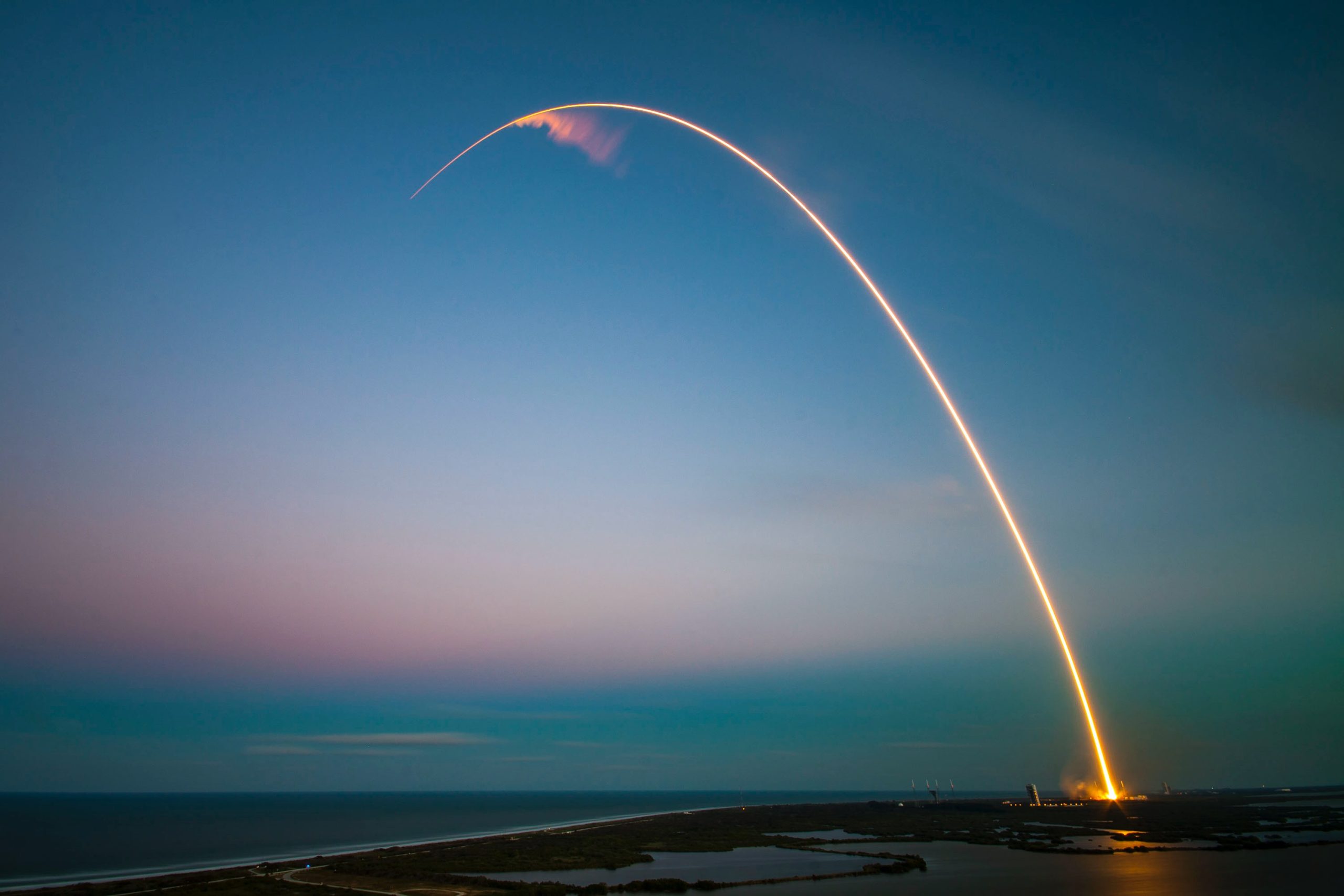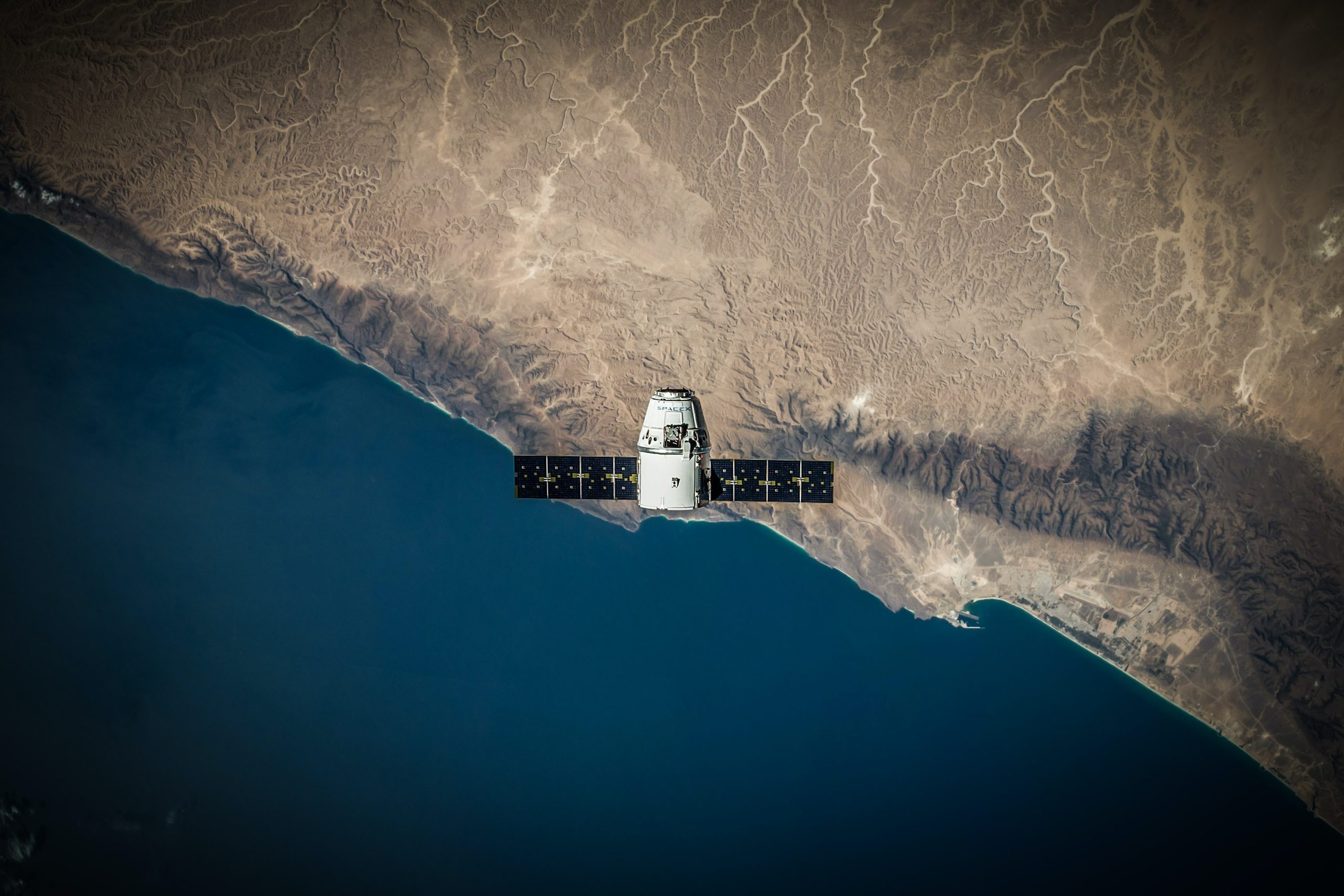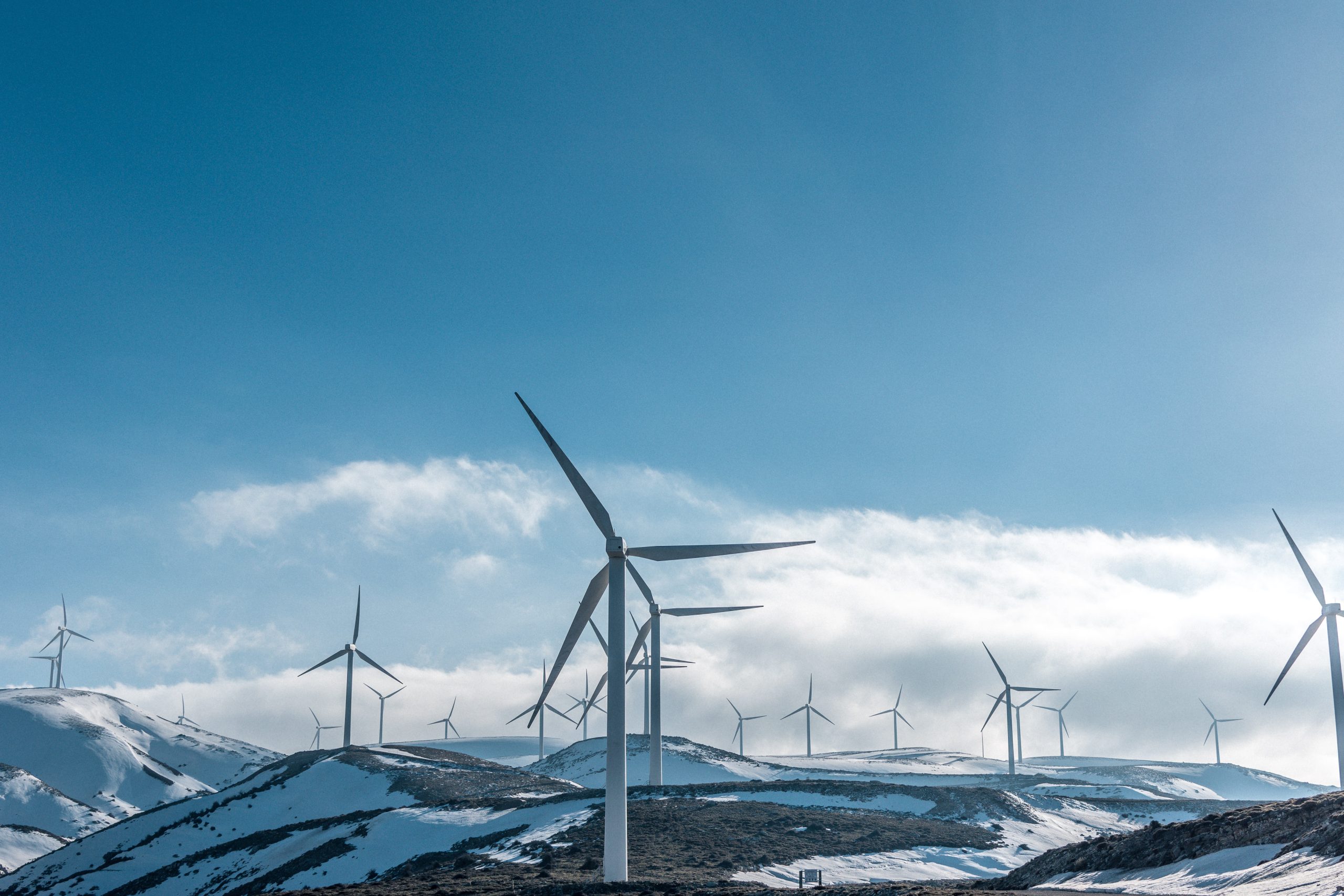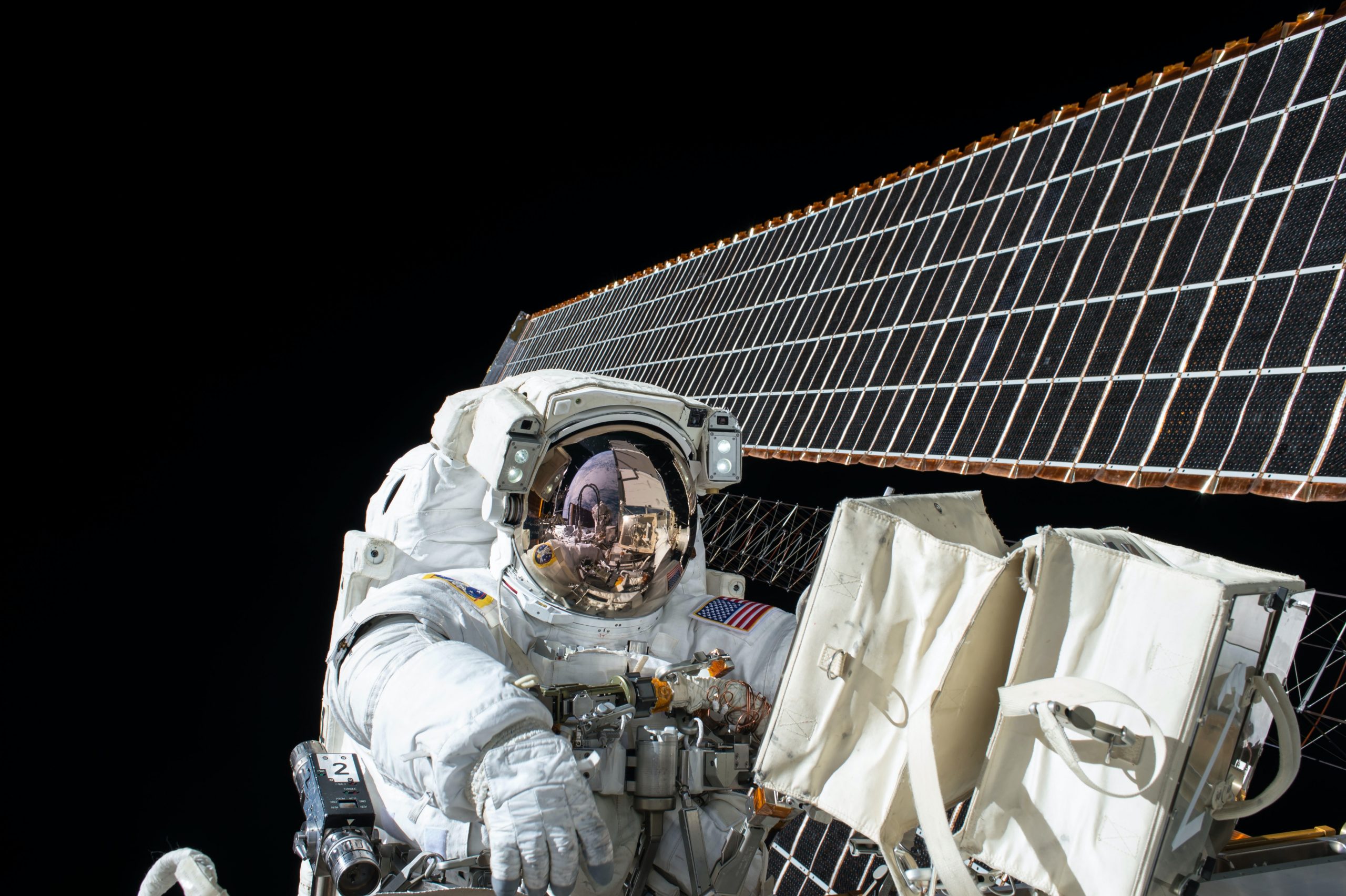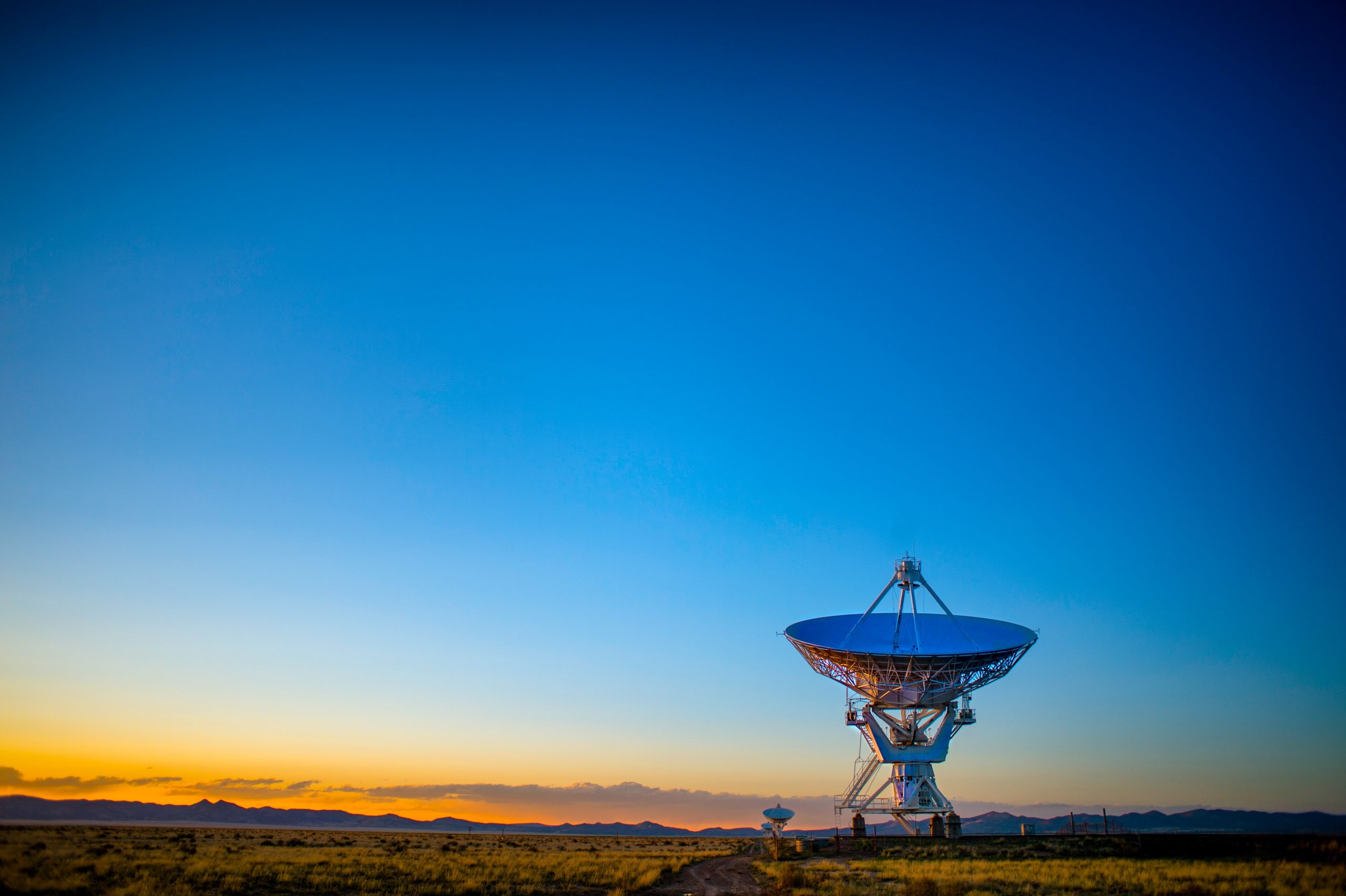Joining John Clifton and Tim Meredith on episode 52 of The Tech That Connects Us was Luis Beute VP Global Sales for Content Providers at Qwilt.
Luis takes us through how he made the jump from telecommunications to CDN and moved halfway around the world to do it too. Focusing on how he has taken as many lessons from colleagues and partners as from managers and mentors, this was a really great insight into Luis and his approach to balancing work and life.
One question we put to Luis was ‘what does the future hold for the connectivity industry?’, read on to find out his answer.
“I haven’t been a good visionary ever, but I’ll do my best. I believe as part of the habits we’re adopting because of COVID now there are many things we want to do from home that we used to do in person that virtual reality can really help with.
In certain sectors it is already happening, take the real estate, for example, there are companies where you don’t need to visit the premises you are thinking of purchasing, it can all be done via VR. It’s also being adopted in the retail sector to some degree too.
So VR has some future, but it’s also going to require some infrastructure characteristics that are yet to be widely adopted and that might take some years.
5G, has already opened some doors but will continue to open more. If you think about it, what did you lack when we were only working with 3G? I’d say you weren’t missing many things. But then when 4G came along you can now watch very good quality videos on mobile for example. I think 5G will do the same, but more from an automation side including low latency.
One of the applications for 5G I’ve been discussing is connected cars. This will take many years, as there needs to be the technology and the regulation for this. I’ll liken the advance of this technology to when e-commerce first launched, there was a lot of resistance from people to put your credit card number on the internet, so can you imagine sitting in a car without driving it or having somebody you know driving it?
So a lot of the future advances will come down to the regulations and infrastructure around the applications of these technologies. I believe that this way has no return, I can’t say how long it will take but that’s the way we’re heading as an industry.”
Every Wednesday we sit down with some of the biggest names in our industry, we dedicate our podcast to the stories of leaders in the technologies industries that bring us closer together. Follow the link here to see some of our latest episodes and don’t forget to subscribe.

